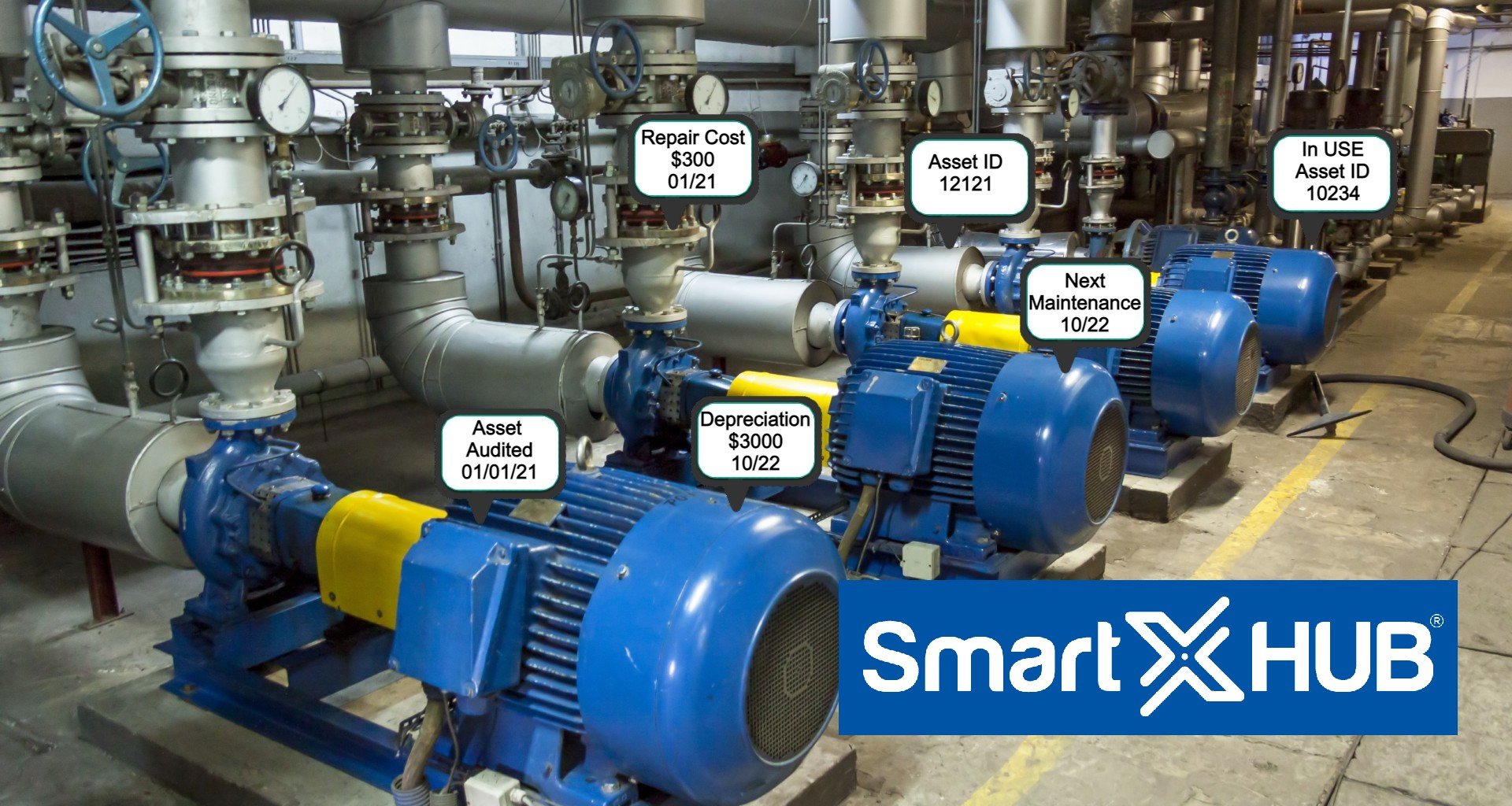- Solutions
- Industries
- IoT Platform
asset management
security
- Resources
Resources
Products
Success Stories
RTLS Fundamentals
- Blog
- About
- En-US

Asset life cycle management means overseeing each aspect of a resource in every phase of its existence with an organization.
It begins with determining what form the asset will take, how much it will cost, and how long its lifespan should be. If the company doesn’t build and integrate the asset on its own, outside contractors may become a part of asset life cycle management.
Managing the life cycle of your assets helps to expand their ability to serve for as long as possible. It also provides vital information about the resource’s usability in real-time, which increases its efficiency and service potential for your organization.
Asset lifecycle management can include the following actions:
Contact us at the SmartX office nearest to you or submit a business inquiry online.
Let us know how we can help you solve your business challenges!
The asset life cycle consists of six stages below.
Depending on your business and how you use the asset, these might manifest in a different order.

Smart asset tracking can be applied to track both lightweight tools and heavy machinery. For that, each movable asset – be it a drill or a bulldozer – gets a passive RFID tag. Each tag has an ID that carries encoded data about the asset it is attached to, e.g., its description, manufacturer, cost, condition, model, serial number, an assigned employee, location, etc.
This data is saved to the SmartX HUB data warehouse – and in-cloud data storage – upon authorizing a tag. To authorize the tag, an equipment storage yard worker scans it with a handheld RFID reader and enters the asset data via an asset tracking app. The asset tracking app forwards the data to the Platform, where the data record is stored with an “authorized” label. Once the tag is authorized, the asset tracking software receives a command to track the tag.
To enable tracking, fixed RFID readers are installed to scan the tags at the checkout area of a tool zone, at the exits of equipment storage yards, at the entrances of construction sites, and other key points.
When passively tagged movable assets leave a tool zone or an equipment storage yard, the RFID reader scans tags’ IDs at the exit and relays them to the cloud. The cloud aggregates the data from multiple readers, runs it through analytics algorithms, and identifies that the movables with the corresponding IDs have left the tool zone or the equipment storage yard. SmartX HUB Cloud software updates the data about the corresponding items in the big data warehouse and displays the updates to the users.
As the movable equipment enters the construction site, the RFID readers installed at the entrances, capture tags’ IDs and relay them to the cloud to check if all the machines and tools have arrived at the construction site.
Moreover, thanks to having several high-frequency RFID readers deployed at the key points of the company site, the asset tracking solution provides the employees with real-time data about the movements of durables, as well as their statuses. If a piece of movable equipment leaves the assigned area, is used outside of operating hours or by an unauthorized person, the asset tracking solution sends a notification to an inventory specialist.
Asset life cycle management might sound like a great deal of work. Still, once it becomes integrated into a business, it becomes a natural extension of asset tagging, budgeting, and decision-making.
Paying attention to asset life cycle management can benefit a company in several ways:
Many organizations include asset life cycle management in their internal structure, just not in a defined or formal process.
Doing so can help to clarify and streamline each aspect of asset life cycle management, passing it on to employees and allowing new team members to familiarize themselves with the process.
Staying with a workable and proven asset life cycle management optimizes staffing requirements and increases return on investment. It better leverages data and intensifies employee involvement in day-to-day operations.
IoT-driven asset tracking and inventory management lay a solid foundation for industrial process improvements and enhance the way business works. Let’s see some examples:
Track medical equipment to improve utilization, ensure compliance, and improve the patient experience.
Track tools and construction service equipment to lower cost and streamline service. The construction crew needed the ability to track and trace the construction materials throughout the process.
Automate management of tools and equipment to improve utilization, and streamline maintenance.
Here are just a few benefits that allow enterprises to operate more smoothly:
When you decide to manage assets before even acquiring them, you conserve resources and better manage your equipment, rather than waiting for “life to happen.”
Becoming involved with the asset in every stage and paying attention to the data it provides will help to ensure it has a long and beneficial service life.
Whether an asset is recycled, sold, or scrapped at the end of its lifecycle, it will have served its purpose as efficiently as possible. Use the information provided in this article to manage your company’s assets from start to finish, and make the most of your investments.
And if you want to streamline your asset management and prolong the life cycle of your assets, sign up for a free trial here and test our software.
Organizations large and small and across industries can leverage RTLS to improve safety, safeguard materials and work more efficiently.
Discover how your peers are benefiting from real-time visibility.
©2014-2024 All Rights Reserved. SmartX Technology Inc